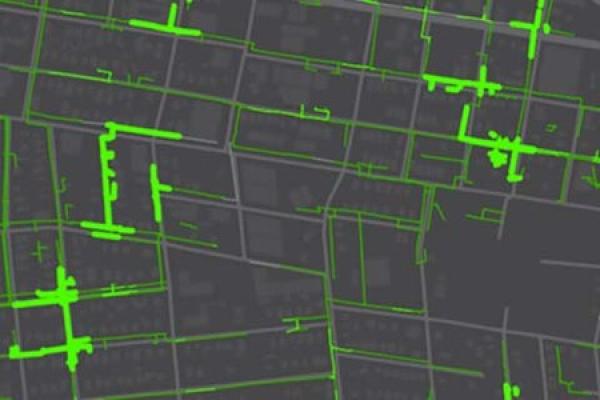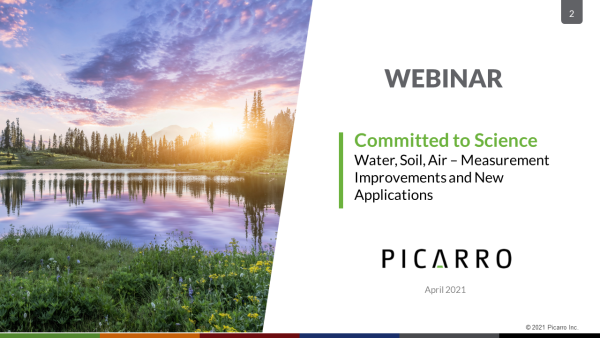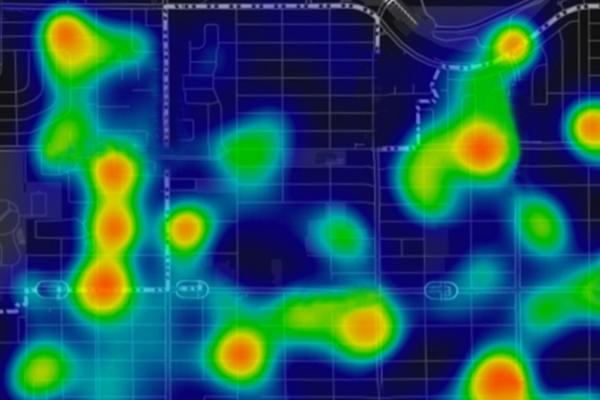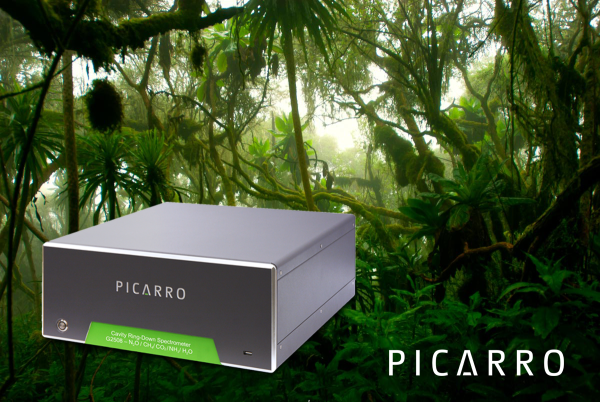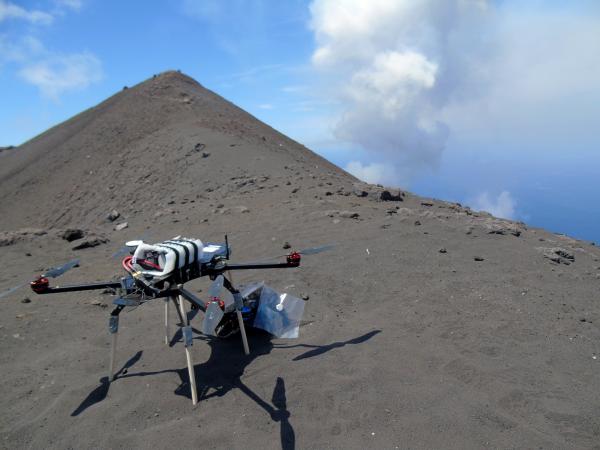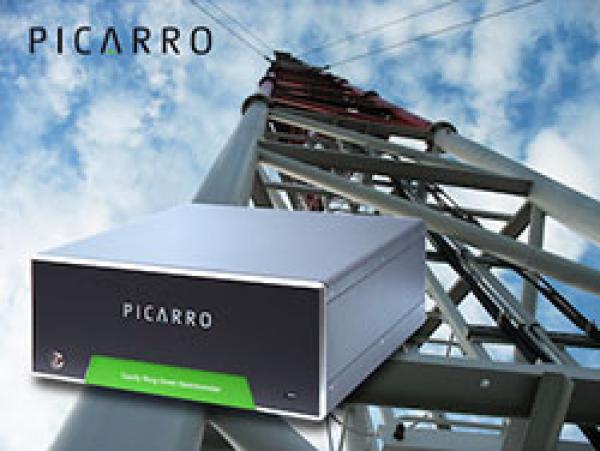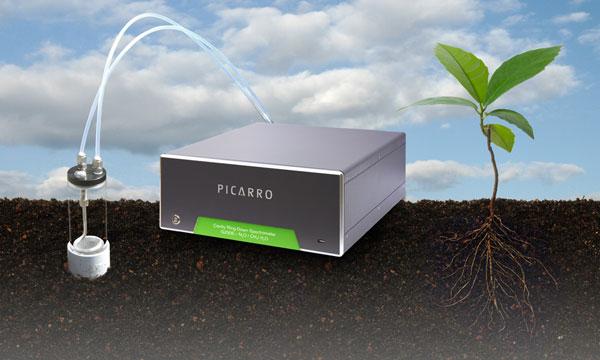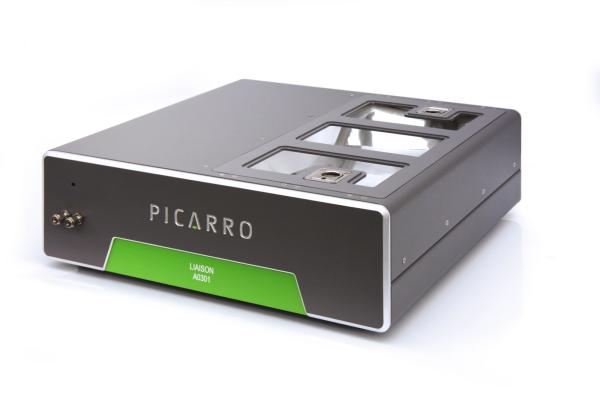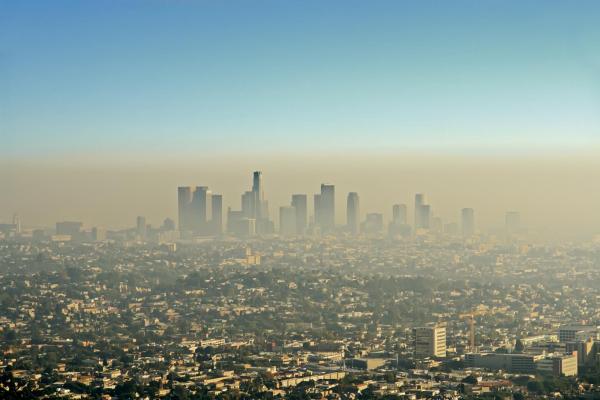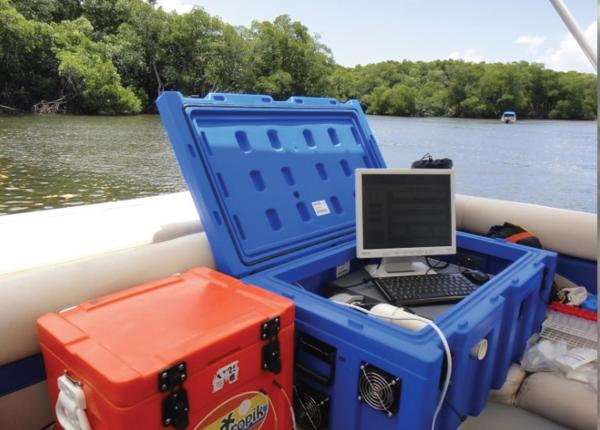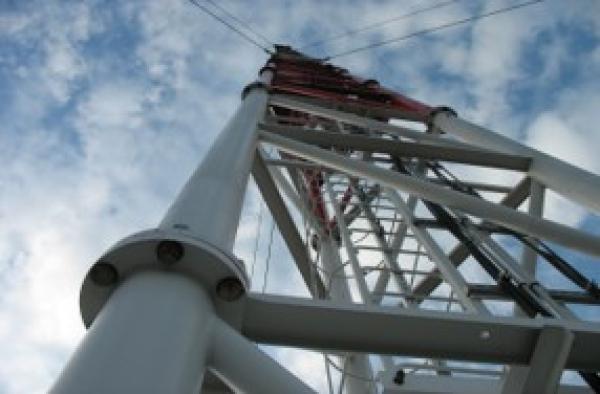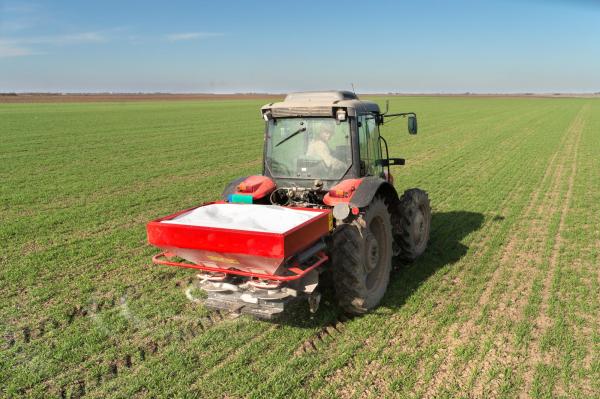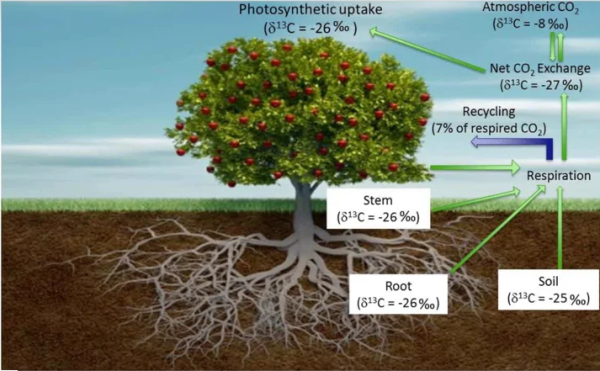How to Incorporate Advanced Leak Detection to Improve Your DIM Program and Reduce Risks
Conventional Distribution Integrity Risk (DIM) models typically rely on historical and static parameters to predict risk. In this webinar, you'll learn how mobile Advanced Leak Detection (ALD) enables you to augment your DIM program with real-time methane data. With this improved model you can produce a more predictive and granular view of risk and optimize important capital investment decisions such as pipe replacement initiatives.
Latest Application Developments from Picarro: Fast Throughput and Aerosols
Picarro is committed to supporting science with its advanced gas concentration and isotopic analyzers. In this webinar, we will present:
- New Express and Survey Modes for isotopic Water Analyzers – highest throughput solution
- New OC/EC solution for isotopic Carbon Analyzers – tracing Air Pollution
Committed to Science: Water, Soil, Air – Measurement Improvements and New Applications
Picarro is committed to supporting science with its advanced gas concentration and isotopic analyzers. In this webinar, we will present the latest improvements to our analyzers and share how our customers are using them in their research.
Find and Fix Super Emitters for Greater Methane Emissions Reductions
This webinar showcases PG&E’s Super Emitter Program and how PG&E has operationalized Picarro’s emissions quantification technology. The program helps PG&E reduce methane emissions in accordance with California’s emission reduction legislation. The Picarro solution combines data analytics with a vehicle-based methane emissions data collection platform and is used annually across PG&E’s gas distribution territory, resulting in the rapid identification of “Super Emitter” leaks which have especially high leak flow rates.
Learn about Ethylene Oxide emissions to protect your community and reduce your workplace risk
"Ethylene Oxide is now believed to be more harmful than previously realized and industry initiatives are underway to better characterize the risk to workers and communities. Outdoor fugitive emissions must be accurately quantified, not only at the source, such as exhaust stacks, but also at the facility fenceline and in ambient air. Indoors, the task is equally challenging when trying to characterize the air quality in places like central processing facilities, aeration and storage rooms, ventilation systems, hallways and offices. View
Greenhouse Gas Measurement in Harsh Environments
In this webinar, Dr Christine O’Connell (Silver Lab, Berkeley) will discuss the application of the G2508 and Eosense eosAC chamber system to studying redox and drought conditions in a montane rainforest in Puerto Rico. Dr. Nick Nickerson (Eosense) will continue the discussion with demonstration of the use of the Picarro GasScouter in an off-grid wetland deployment with the eosAC chamber system, as well as demonstration of a portable survey-style application in a coastal barren/wetland ecosystem. Dr. Gregor Lucic (Picarro) will finish up the discussion by providing an overview of how a modular approach to CRDS technology can open doors for new and exciting datasets.
Hot Gases, Cool Techniques: Measuring Carbon Isotopes at Volcanoes
Advanced in-flight measurements to quantify methane emission
Identifying Urban and Industrial GHG Sources using Continuous δ13C Observations
Leave No Flux Undetected. Improved Detection and Quality Assurance of Greenhouse Gas Exchange Rates Measured with Picarro G2508
Picarro Carbon Isotope Analysis System for Accurate and Precise Total Carbon and δ13C Measurements on Liquid and Solid Samples
Urban Carbon Emissions - A Case Study from the LA Megacities Project
This webinar, featuring Riley Duren from NASA/JPL and Caltech, and Graham Leggett, Picarro, Inc., will focus on urban carbon emissions monitoring. Riley will share his experiences from deploying the LA Megacities Project and the goals of their research. Graham will present information about how Picarro technology has facilitated the development of such networks, including providing information on the Picarro G2301 and G2401 for best-in-class greenhouse gas (GHG) concentration measurements. If you are interested in learning about urban networks for monitoring GHGs, or considering deploying a network yourself, this is the webinar for you!
Continuous Measurements of Water Isotopes and DIC by Membrane-extraction CRDS
This webinar, featuring Dr. Niels Munksgaard of James Cook University and Charles Darwin University, and Dr. Kate Dennis, Picarro will review how membrane-extraction technology has been coupled to CRDS for ocean science applications. In particular, we will discuss the new Picarro Continuous Water Sampler for real-time analysis of of δ18O and δ2H in liquid water.
Improving the Stability of Carbon Isotope Measurements in Carbon Dioxide and Methane for Atmospheric Applications
Please register to view a playback recording of this webinar featuring Picarro Research Fellow, Chris Rella, PhD and Application Specialist, Caleb Arata. They discuss how carbon isotopes measurements are made via Cavity Ring-Down Spectroscopy (CRDS) and how careful calibration can improve the stability of measurements for demanding atmospheric applications. If you want to learn more about how to optimize your calibration protocol and field set up for measuring δ13C in ambient atmospheric CO2 and CH4, this is the webinar for you!
Using Nitrogen Isotopes to Partition N2O Emissions in Agriculture
Please register to view a playback recording of this webinar, featuring Professor Richard Farrell (University of Saskatchewan) and Dr. Nabil Saad (Picarro). They discuss the application and underlying technology that enabled Prof. Farrell to partition residue-derived and residue-induced emissions of N2O from agricultural lands using 15N-labelled crop residues. If you are interested in learning more about how nitrogen isotopes can be applied to soil and agriculture studies, or are interested in Picarro's mid infrared Cavity Ring-Down Spectroscopy platform, this is the webinar for you!
Innovations in Soil Flux Measurements Webinar
Listen to Picarro’s Applications Specialist Derek Fleck share his latest in soil flux application collaboration with UC Berkeley, as well as Nick Nickerson from Forerunner Research sharing the latest advancements in soil chamber technology.
What Can 17O-excess Do for You?
Please register to view our recorded webinar on the theory of 17O-excess measurements in water. Professor Eric Steig from the University of Washington who will discuss his research from the West Antarctic Ice Sheet Divide core.
The live webinar will also feature Kate Dennis, Ph.D., from Picarro discussing the latest advancements in Picarro water isotope instrumentation.


